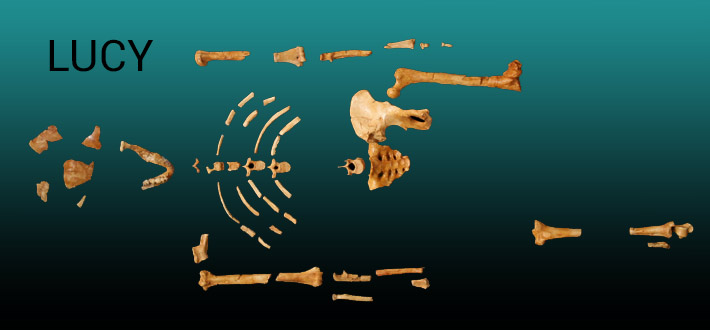
Australopithecines: Early Walking Apes
3-year-old Selam could walk and climb trees. The young Australopithecus couldn’t speak, but her brain was still growing at the time she died—which means she was part of a social group that cared for their immature young over a much longer period than ever before.
About 6.5 million to 5 million years ago, some 100,000 apes, the ancestors of today’s apes and humans, lived in East Africa in a forest shrinking due to climate cooling. There were two kinds of survivors of this climate change: one stayed with what was left of the forest and continued as before and it led to the chimpanzee and bonobo; the other was the ancestor of the human line, they survived by occupying both the trees and the new spaces in between. They were able to live in both terrains because of their critical new ability: to walk upright on two feet.
As early as 3.3 million years ago our ancestors lived in groups with some form of complex social organization
Called australopithecines, these early walking apes, appeared about 4.4 million years ago. A haunting trace of their presence was found in a trail of footprints they left about 3.5 million years ago at Laetoli in Tanzania. Two individuals walked in the ash from a nearby volcano, leaving behind their human-looking footprints in tracks that extend for 165 feet.
They retained the long arms of the chimpanzee and had curved fingers that could move in the trees, and had shorter legs than we do, but their brains were larger than the chimp brain if only slightly, about 400 to 500 cubic centimeters. As with the apes, the sexes were very different in size, the males were about 50% larger than the females. The size difference suggests that australopithecine society was like that of chimpanzees with strong rivalry between males for females and a separate male and female hierarchy.
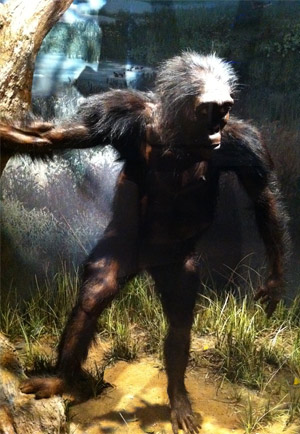
The most famous Australopithecus is the 3.5 foot tall skeleton named “Lucy,” discovered in 1974 by paleontologist Donald C. Johanson in Hadar, Ethiopia. She is an Australopithecus afarensis and lived in Eastern Africa between 3.85 and 2.95 million years ago.
Then in 2000 the skeletal remains of a 3-year-old young female of the same species was found in Dikika, not far from Lucy’s site. Named Selam (Peace) by Zeresenay Alemseged and his team, she was able to walk upright and climb trees. An analysis of her hyoid bone or voice box showed that she would have been unable to talk and most likely made sounds like a chimp.
Most interestingly, unlike a chimp, her brain was still growing at the time of her death. This means that as early as 3.3 million years ago our ancestors lived in groups with some form of complex social organization – adults would have had to create the bonds necessary to take care of their immature young over much longer periods than at any other time in history.
From 3 to 2 million years ago another cool climate change shrunk the forests again, and many species living in them went extinct. But by this time australopithecines were already adapted to living in more open terrain and evolved different solutions for survival. The robust australopithecines, for example, evolved larger cheek teeth for eating coarse leaves.
A recent study suggests that Australopithicus africanus was beginning to use its hands with more dexterity and precision than previous hominids. Their more precise grip appears to have laid the foundations for tool making – 400,000 years before the oldest known Oldowan hand axes! Paleoanthropologists are constantly excavating new sites, and with the help of new technology they are continually filling the gaps in our understanding of our distant ancestors.
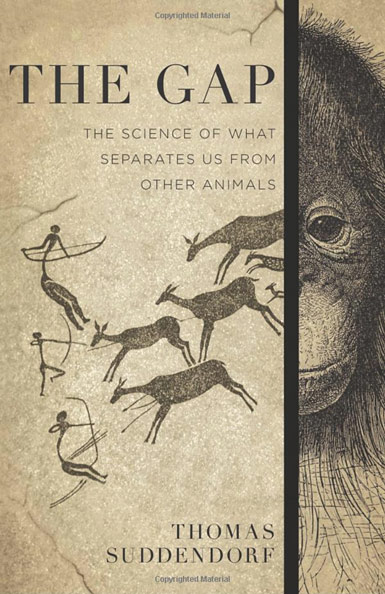
The Gap
The Science of What Separates Us from Other Animals
Thomas Suddendorf
A leading research psychologist concludes that our abilities surpass those of animals because our minds evolved two overarching qualities.
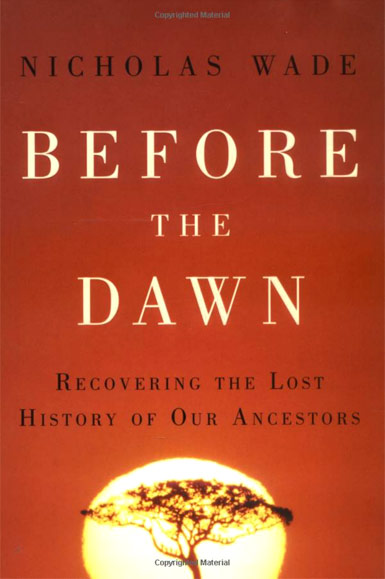
Before the Dawn
Recovering the Lost History of Our Ancestors
Nicholas Wade
New York Times science writer explores humanity’s origins as revealed by the latest genetic science.
In the series: Our Hominid Predecessors
Related articles:
- Genetics and Human Evolution
- She Has Her Mother's Laugh
- Neanderthal Man – In Search of Lost Genomes
- Our Nearest Relatives: Bonobos and Chimpanzees
- Our Hominid Predecessors
- Human Universals
- The Evolution of Human Morality: The Age of Empathy and The Bonobo and the Atheist
- The Gap: The Science of What Separates Us from Other Animals
- Before the Dawn: New details of human evolution revealed
Further Reading
External Stories and Videos

Becoming Human
Website of The Institute of Human Origins, Arizona State University School of Human Evolution and Social Change
Watch an interactive video presentation by Donald C. Johansen, discoverer of “Lucy,” and much more.
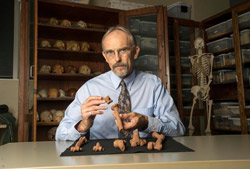
Did Lucy Fall from a Tree?
Carl Zimmer, New York Times
If so, this could yield an important clue to how our ancestors evolved from tree-dwelling apes into bipeds that walked the African savanna.
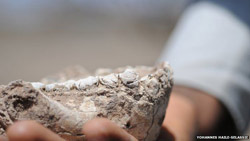
‘New Species’ of Ancient Human Found
Rebecca Morelle, BBC News
Jaw bones and teeth between 3.3m and 3.5m years old, indicate this new hominin was alive at the same time as several other early human species, suggesting our family tree is more complicated than was thought.
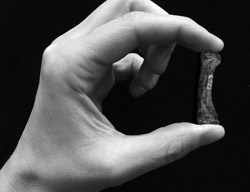
Human Ancestors Got a Grip on Tools 3 Million Years Ago
Catherine Brahic, New Scientist
A growing body of evidence suggests that the ape-like Australopithecus may have figured out how to be clever with stones before modern humans even evolved.
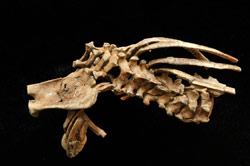
How a 3.3-million-year-old toddler offers researchers a window into human evolution
Peter Holley, Washington Post
